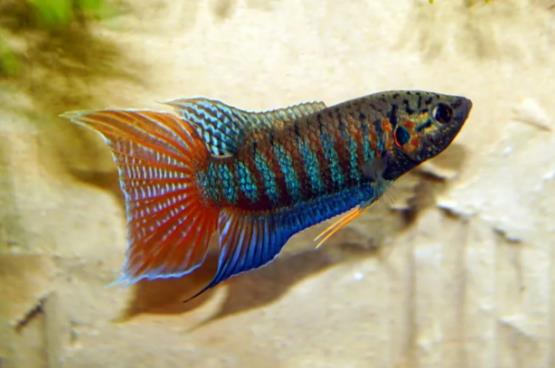The natural habitats of bettas vary by species, with most inhabiting freshwater environments in Southeast Asia. Below is a detailed breakdown of their classifications and characteristics:

Common Betta Species (e.g., Paradise Fish, Round-tailed Betta)
Habitat: Prefer shallow waters with dense vegetation and slow currents, such as rice paddies, ditches, ponds, swamps, and other still or gently flowing water bodies.
Geographic Distribution: Widely found in China (from the Yangtze to Pearl River basins, and the middle reaches of the Songhua River), Vietnam, and Laos. Round-tailed bettas are more common in northern regions, while Paradise Fish dominate the south.
Ecological Adaptability: Tolerant of low oxygen levels, they can breathe air directly through their labyrinth organ and even survive short-term in polluted water.
Siamese Fighting Fish (Betta splendens)
Habitat: Native to tropical marshes, rice fields, and blackwater streams. They require water temperatures of 22–24°C and rely on their labyrinth organ to adapt to low-oxygen water.
Geographic Distribution: Primarily found in Thailand’s Chao Phraya River basin, Mae Klong Canal, and the Kra Isthmus.
Behavioral Traits: Male fish are highly territorial and must be kept alone. During breeding, they build bubble nests by spitting air bubbles.
Specialized Habitat Types
Betta patoti: Inhabit clear streams or peat swamps in Malaysia, often hiding under aquatic plants or fallen leaves.
Round-tailed Betta: A typical species in mountain streams and marshes of northern China, capable of withstanding low temperatures in winter.
Ecological Role
Bettas feed on mosquito larvae (e.g., wrigglers), playing a key role in controlling mosquito-borne diseases and maintaining balanced rice paddy ecosystems. In recent years, wild populations have declined significantly due to water pollution and habitat destruction.
